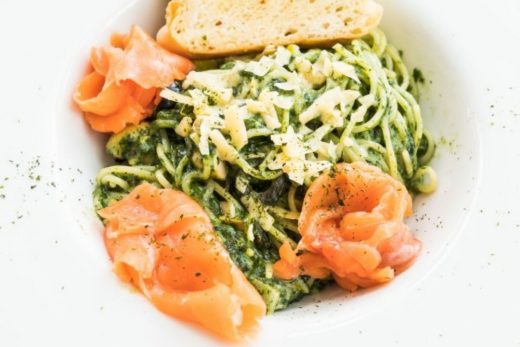However, its illicit appeal can work against it. To some, it is non grata for a number of reasons: because of poor hygiene practices among mutura sellers; because “do you even know what’s in it?”; because of the myriad risks one takes with every bite of mutura; because of the idea that mutura is “poor-people food”; because of every manner of logical and pseudo-logical argument against its intake. Indeed, as my friend W. tells me, “I think the idea of it ruined the taste before I could even give it a chance.”
It wasn’t always so. In its autochthonic form among the Agikuyu community, mutura occupied a place of honor, as Jmburus describes on his blog, in talking about goat-eating traditions among the Agikuyu. Mutura was prepared only during special occasions, such as ruracios (dowry-payment ceremonies) and weddings. It was prepared by men, but only women were supposed to eat it; the men would eat the other parts of the slaughtered animal.





